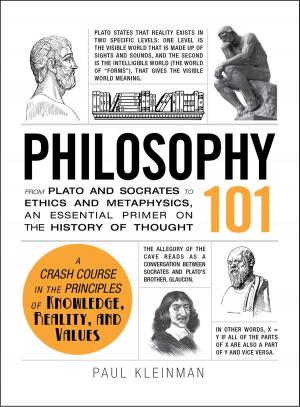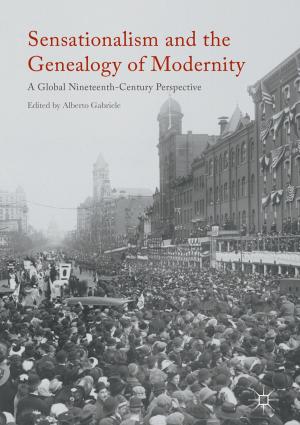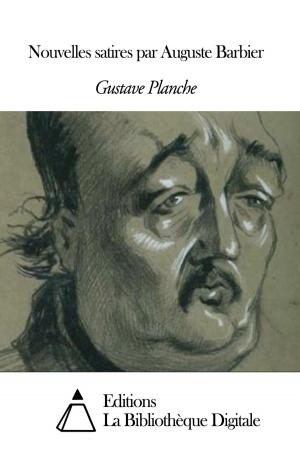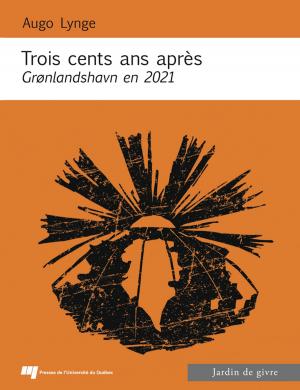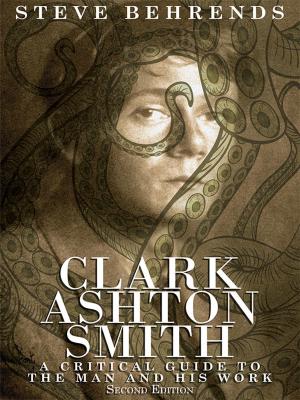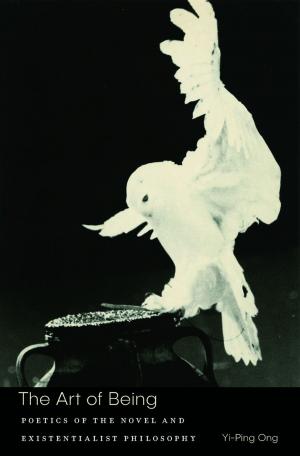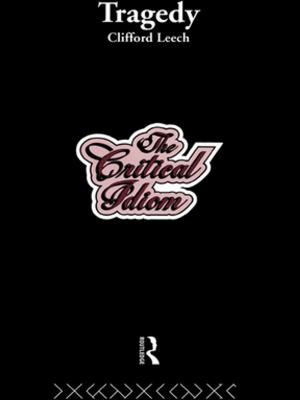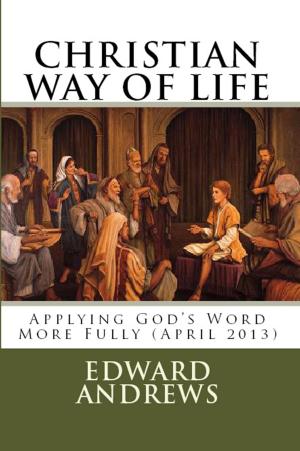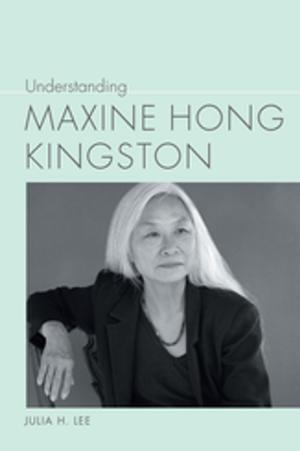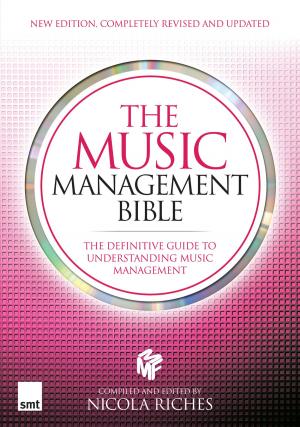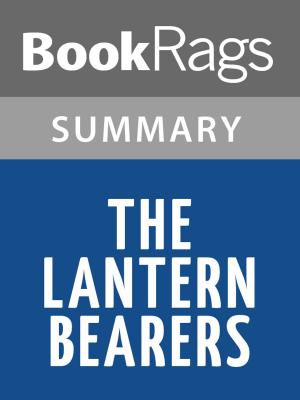Essays on Modern Art: Cy Twombly - Criticisms and Essays on Previously Unseen Art in the Koolhaas Collection
Nonfiction, Art & Architecture, General Art, Art History, American, Criticism| Author: | Justice Koolhaas | ISBN: | 9781311342584 |
| Publisher: | Justice Koolhaas | Publication: | April 15, 2016 |
| Imprint: | Smashwords Edition | Language: | English |
| Author: | Justice Koolhaas |
| ISBN: | 9781311342584 |
| Publisher: | Justice Koolhaas |
| Publication: | April 15, 2016 |
| Imprint: | Smashwords Edition |
| Language: | English |
Justice Koolhaas’s Essays on Modern Art are reproduced alongside at least one of each artist’s works that she owned. Unusually, these works were discards; even more unusually, she obtained them on condition that each artist signed a statement disowning them as artworks.
Her theory work, a refusenikism written in deliberate opacity, is inspired by her collection of art refuse.
Twombly is explored through Walter Benjamin, Deleuze & Guattari and Stéphane Mallarmé. The painter’s interest in the latter’s poetry is obvious from the word-like nature of his mark-making; equally, why Koolhaas was interested in them both is obvious from the way her fanciful and opaque theory evokes sensual understandings rather than anything we could reduce to mere ‘grammar’ or even ‘sense’.
Her circumlocution suggests that artists can emerge from within themselves; the machineries of oppression and standardisation are the selfsame machineries that today’s smartest artists are learning to colonise in a reverse movement that throws power back onto itself. The real terror represented by the Jihadist today is the terror that, as Beuys envisioned, everybody realises their creative potential. Working at the margins as a culture jammer therefore demands sophistry with language. An excellent example can found in one of the Twomblys in both the Koolhaas estate and her essay here.
C. M. Cohen’s comprehensive interpretations mean that the uninitiated Koolhaas student can pick and mix material from this book to suit their purposes without feeling pressured to grasp everything at once.
Justice Koolhaas’s Essays on Modern Art are reproduced alongside at least one of each artist’s works that she owned. Unusually, these works were discards; even more unusually, she obtained them on condition that each artist signed a statement disowning them as artworks.
Her theory work, a refusenikism written in deliberate opacity, is inspired by her collection of art refuse.
Twombly is explored through Walter Benjamin, Deleuze & Guattari and Stéphane Mallarmé. The painter’s interest in the latter’s poetry is obvious from the word-like nature of his mark-making; equally, why Koolhaas was interested in them both is obvious from the way her fanciful and opaque theory evokes sensual understandings rather than anything we could reduce to mere ‘grammar’ or even ‘sense’.
Her circumlocution suggests that artists can emerge from within themselves; the machineries of oppression and standardisation are the selfsame machineries that today’s smartest artists are learning to colonise in a reverse movement that throws power back onto itself. The real terror represented by the Jihadist today is the terror that, as Beuys envisioned, everybody realises their creative potential. Working at the margins as a culture jammer therefore demands sophistry with language. An excellent example can found in one of the Twomblys in both the Koolhaas estate and her essay here.
C. M. Cohen’s comprehensive interpretations mean that the uninitiated Koolhaas student can pick and mix material from this book to suit their purposes without feeling pressured to grasp everything at once.

